Interior designing is much more than matching the carpets to cushions or wall paint. It is science and art combined to create a new abode that matches the owner’s taste and reflects who they are. Interior Designers in Bangalore talks about the seven elements of interior design that decide the overall appearance of the place.
Texture
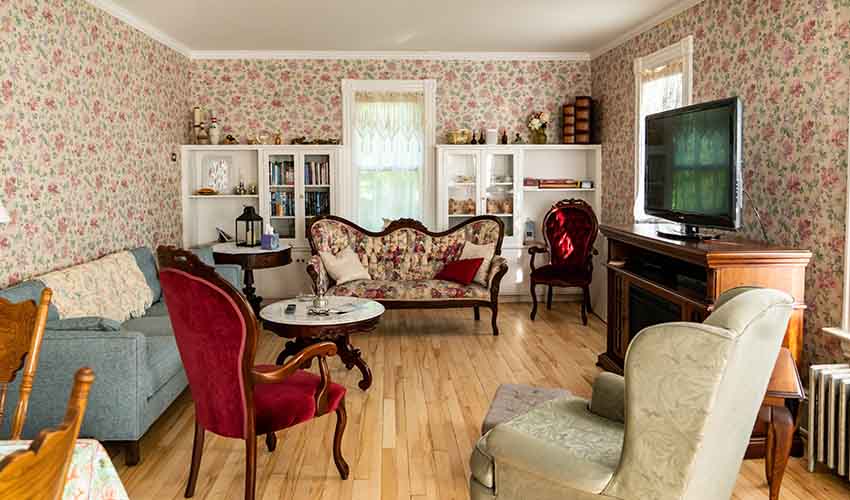
The texture is how an item feels when you touch it. A rock is rough to it, but a pebble can be smooth. Velvet is super soft, and so is silk. When it comes to Interiors in Bangalore, you get two options- visual and actual. For example, if you choose the flooring that resembles a timber cottage, the texture will be a visual effect while the actual flooring will be smooth.
Space
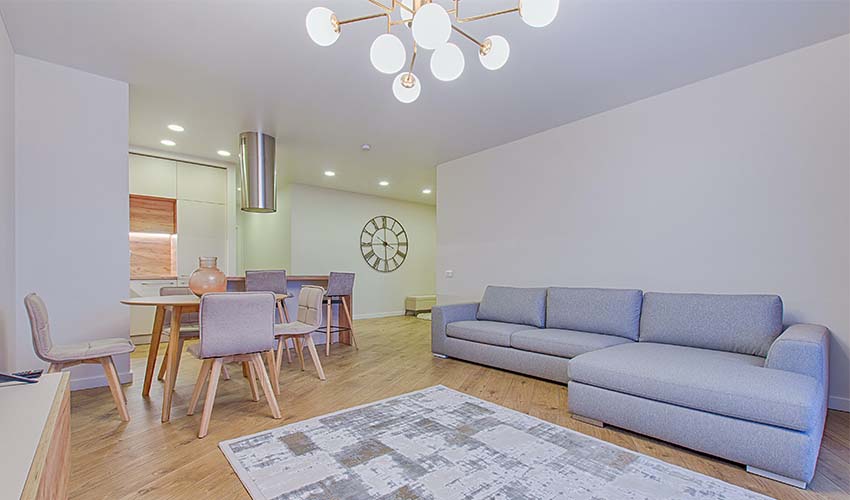
Space is the core of the interior design. Leaving enough empty space gives the impression of a larger room. When you stuff a room with furniture without any alignment, even a large hall could look cramped. Professional interior designers in Hyderabad from Decorpot understand the importance of balancing negative space (empty) with positive space (filled) to make the room appear larger and spacious than it actually is.
Pattern
Patterns are a collection of lines and forms. They could be anywhere in the house. You could go for patterned flooring, walls, or ceiling. You can also choose patterned furniture. Patterns are contemporary and stylish. However, it is essential to not overdo them. Pick no more than one or two patterns for a room.
Lines

Lines define how you perceive the shape of an object in its setting. Home Interior Designers In Bangalore categorize lines into the following-
- Horizontal- These create a sense of security and peace, but too much of these can make a room dull.
- Vertical- These are bold and attractive, drawing our eyes upward to the ceiling. Too much of it can make us feel suffocated.
- Dynamic- These can be angular, zigzag, or curved. While curved lines soften the space, zigzag lines make it stand out.
Light
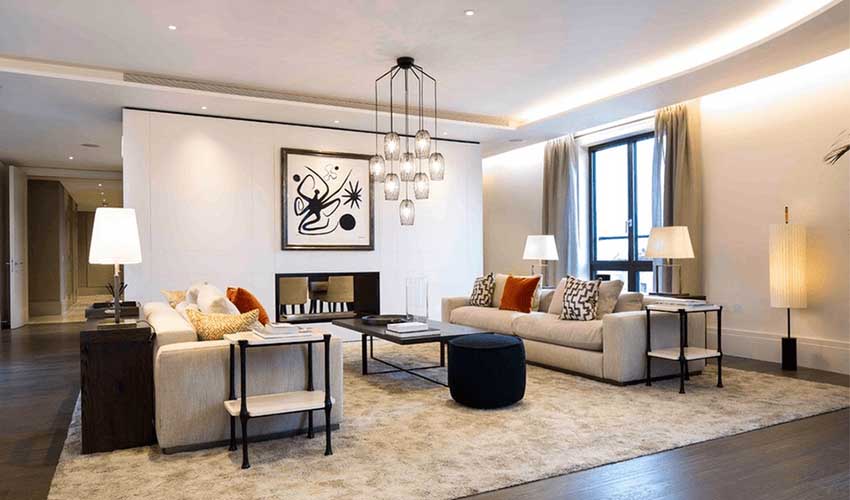
You need both natural light and artificial light to make a room lively. Depending on how much natural light is available, you will need to decide the placement and types of artificial lights. The colors are interconnected with lights.
Form
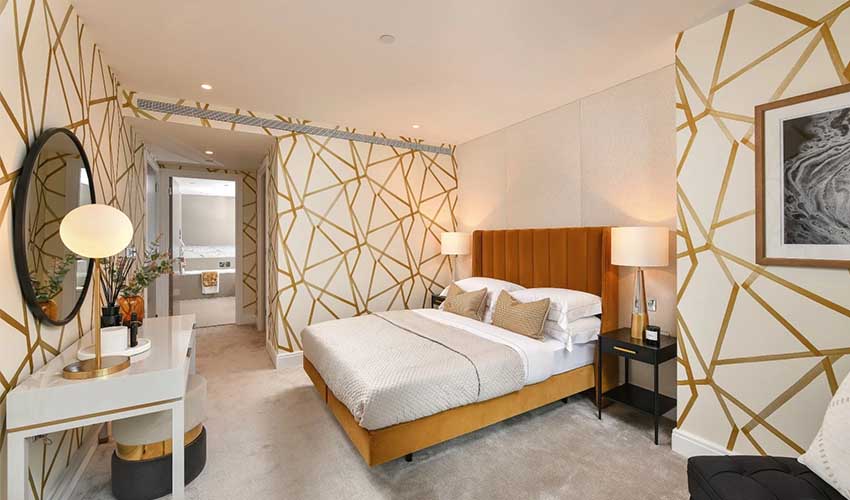
Also known as shape, the form is connected to lines and patterns. Interior Designers in Bangalore mix up forms (geometric, natural/ organic) to create the kind of impact you want in the room.
Colors
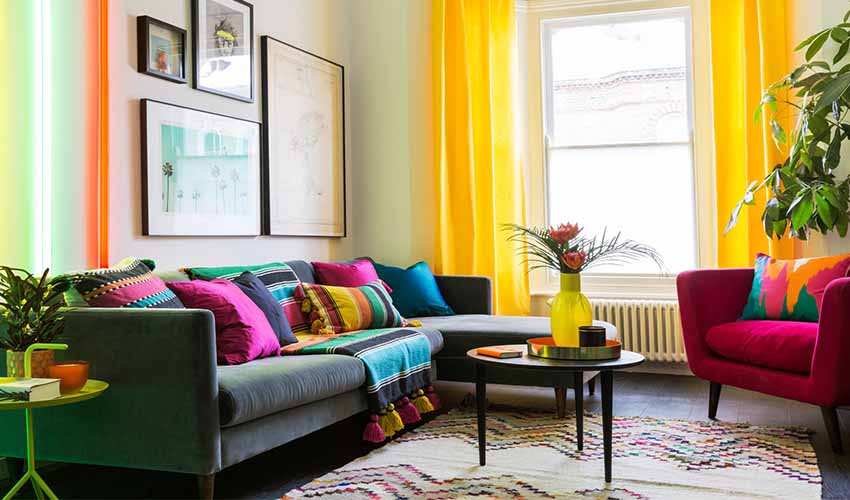
Colors set the mood of the room just as lights do. Yellow is considered bright and lively, while blue is tranquil and grey is sedate. Colors are limited to visual effects but also act as energy boosters.
Call us at Decorpot to meet more than 200+ interior design experts to you in turning your dream place into a reality.

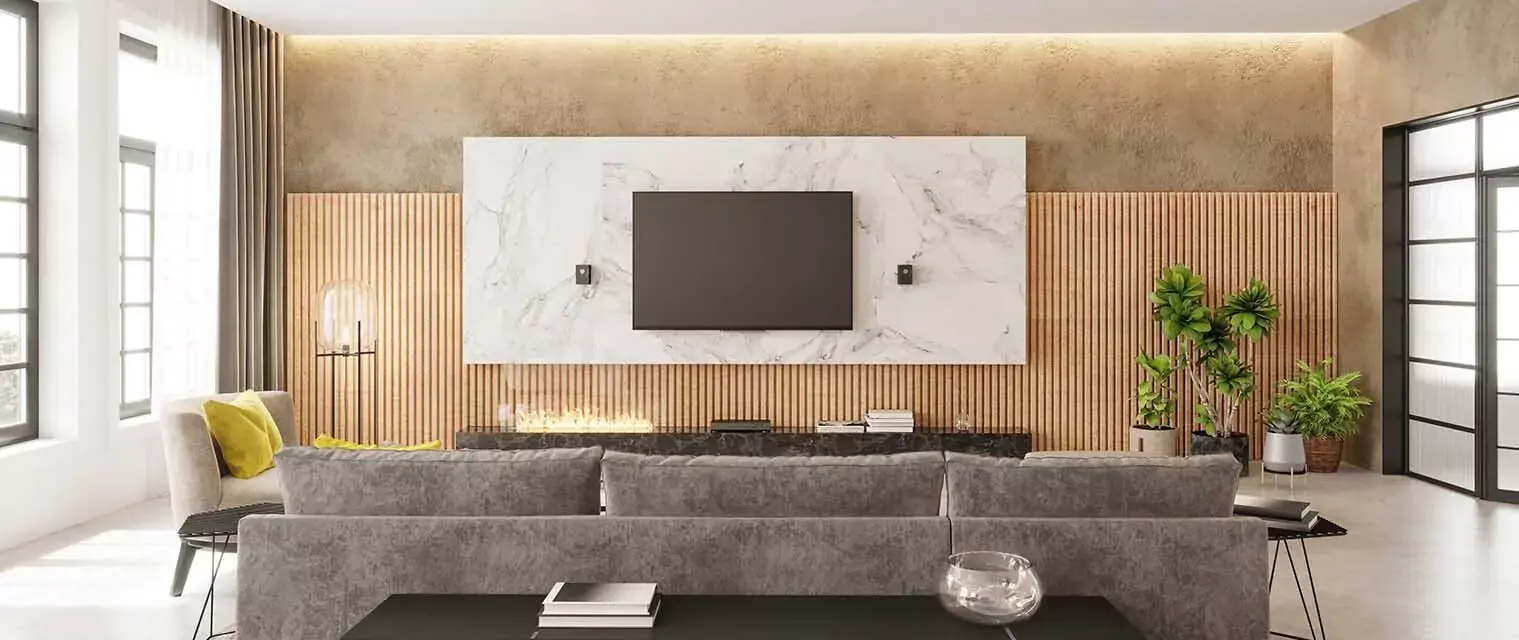
.jpg)

.png)

.png)
.jpg)
.jpg)
.jpg)
 2025 | All Rights Reserved
2025 | All Rights Reserved